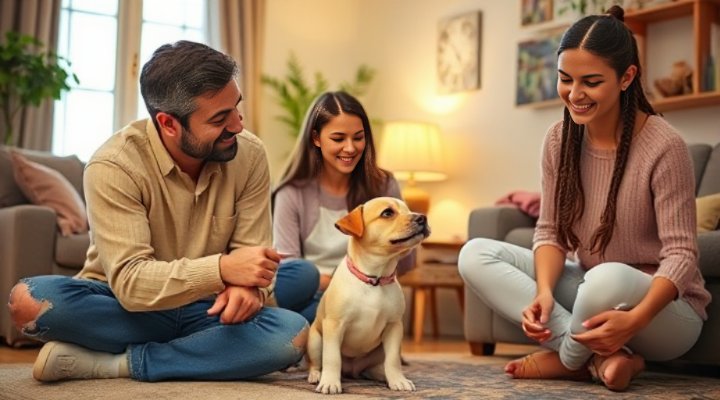Bite training for dogs is a crucial aspect of dog ownership, especially for puppies who are still learning how to interact with the world. However, even adult dogs can benefit from bite training to correct unwanted behavior. In this guide, we’ll explore effective techniques to manage and correct biting behavior in dogs of all ages.

Understanding Why Dogs Bite
Dogs bite for various reasons, including teething, playfulness, fear, or aggression. Understanding the root cause of your dog’s biting behavior is the first step in addressing it. For example, puppies often bite during teething, while adult dogs might bite out of fear or dominance.
According to the American Veterinary Medical Association, early socialization and training are key to preventing aggressive behaviors in dogs.

Effective Bite Training Techniques
There are several proven techniques for bite training for dogs. Positive reinforcement is one of the most effective methods. Reward your dog with treats or praise when they exhibit good behavior, such as chewing on a toy instead of your hand.
Another technique is redirection. If your dog starts to bite, immediately redirect their attention to a chew toy. This teaches them what is appropriate to bite and what is not.
For more advanced training, consider enrolling in obedience classes for puppies or dog trainer for aggressive dogs if the behavior persists.

Training Puppies to Stop Biting
Puppies are naturally curious and use their mouths to explore the world. However, it’s important to teach them bite inhibition early on. When your puppy bites too hard, let out a high-pitched yelp to mimic the reaction of another puppy. This helps them understand that biting hurts.
Consistency is key. Always respond the same way to biting, and ensure everyone in the household follows the same rules. For more tips on puppy training, check out our guide on house training a dog.

Dealing with Adult Dog Biting
Adult dogs may bite due to fear, territorial behavior, or lack of training. It’s important to address the underlying cause. For example, if your dog is fearful, work on building their confidence through positive reinforcement and gradual exposure to new experiences.
If the biting is aggressive, consult a professional trainer or behaviorist. The ASPCA provides excellent resources on managing aggressive behavior in dogs.
Conclusion
Bite training for dogs is an ongoing process that requires patience and consistency. Whether you’re dealing with a playful puppy or an adult dog with biting issues, the techniques outlined in this guide can help you manage and correct the behavior. Remember, a well-trained dog is a happy dog!
Related Keywords: dog bite training, how to stop a dog from biting, puppy bite training, dog behavior training, correcting dog biting

